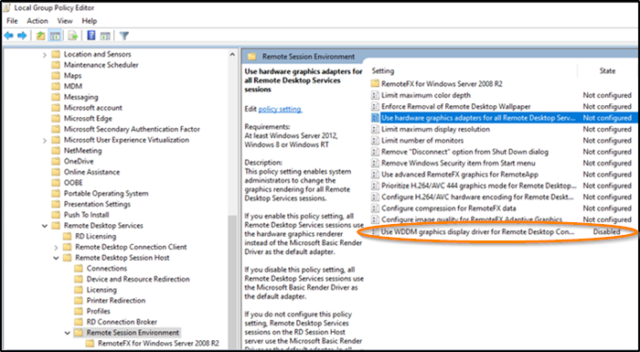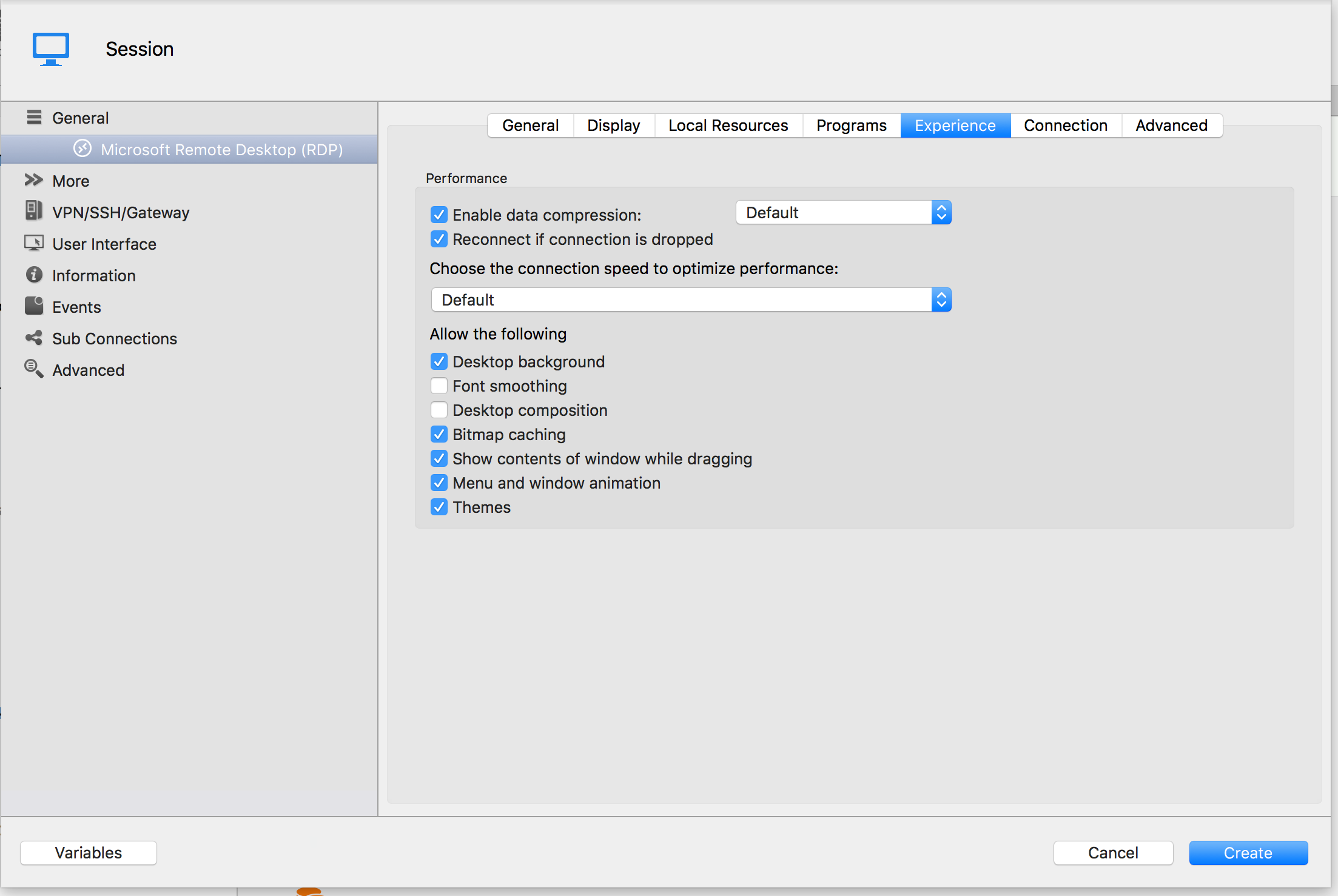

Splashtop is fully optimized for NVIDIA GeForce and AMD selective GPUs. Splashtop remote solution was the first to demonstrate remote 3D gaming over Internet. We have several customers in CAD/CAM industry using Splashtop to remote access 3D applications today. Be interested in your feedback after testing Splashtop. Although Microsoft Windows has native support for OpenGL since quite some time, the supported standard version (version 1 without any drivers installed) is too limited for Qt. Your application needs to run over Windows Remote Desktop Protocol (see OpenGL and Remote Desktop) Further Reading. This is default behavior and limitation to Microsoft Remote Desktop. This is due to how RDP works. It creates a virtualized desktop version of the host machine that only uses software OpenGL which doesn't use the same extensions required when running in hardware mode. RDP sends 2D bitmap images from the host to the remote client. Remote desktops open up another desktop which isn’t attached to a DISPLAY. Only desktops attached to a display can be HW accelerated by OpenGL installable client drivers. Check the possible DISPLAYDEVICEs you can get with the Win32 API EnumDisplayDevices http://msdn2.microsoft.com/en-us/library/ms533226(VS.85).aspx.

I recently ran into a problem using 12d Model OpenGL views when connected using Remote Desktop Protocol (RDP). It turns out that the latest Windows 10 Update (April 2020, i.e. v2004) has messed up with the display drivers when using hardware acceleration. I tried the usual fixes- turn it off and on again, update drivers, other software- but nothing really worked or got me the same functionality I had before. If you do have a similar problem this might be worth trying.

The Fix
Microsoft Remote Desktop Opengl Free
- Open up the Group Policy Editor with Administrator rights:
- From the Control Panel; or
- By typing gpedit.msc in the Start menu or Run box (Win+R)
- Browse to: Local Computer PolicyComputer ConfigurationAdministrative TemplatesWindows ComponentsRemote Desktop ServicesRemote Desktop Session HostRemote Session Environment
- Find the item “Use WDDM graphics display driver for Remote Desktop Connections” and disable it.
- Restart your computer
So, after all of that, I now have OpenGL views back and working in 12d Model. What does that actually mean? Well, WDDM is meant to be the newer Display Driver Model for modern versions of Windows (refer to Wikipedia for all the gory details). Basically, by disabling that setting above, we’re telling Windows to use the old Display Drive Model from the Windows XP days (XDDM). Surprise, surprise, Microsoft broke something in an update.
Nvidia Opengl Remote Desktop
If you feel like experiencing the full length and breadth of my adventure, you can read it all in this longer post.

